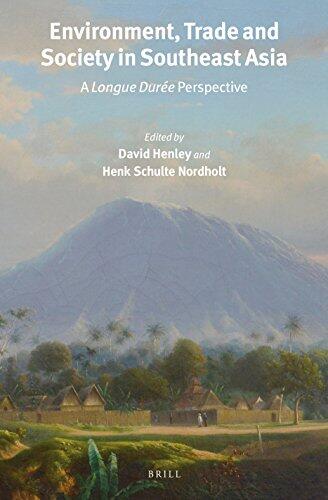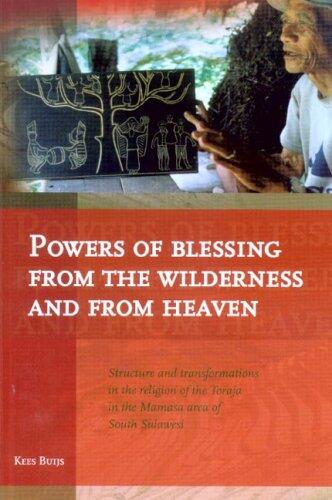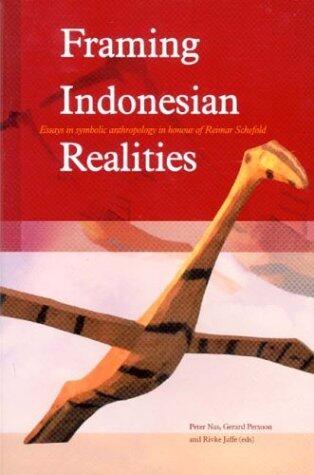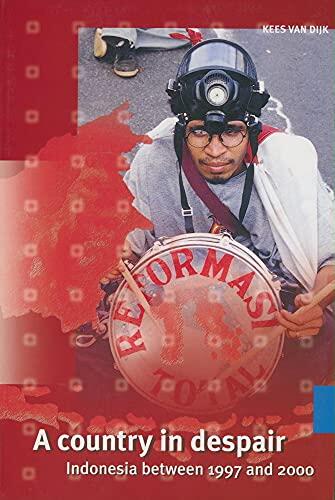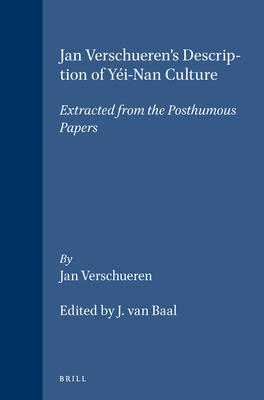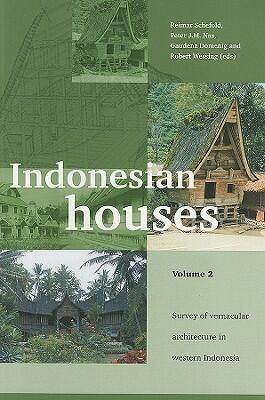
Indonesian Houses #2, Verhandelingen van het Koninklijk Instituut voor Taal-, Land- en Volkenkunde #251
Indonesian Houses: Volume 2: Survey of Vernacular Architecture in Western Indonesia
هنوز رتبهبندی نشده است
فرمت
جلد نرم
صفحات
724
زبان
انگلیسی
منتشر شده
Jan 1, 2008
ناشر
Kitlv Press
ISBN-10
9067183059
ISBN-13
9789067183055
توضیحات
This volume delves into the rich tapestry of vernacular architecture found across Western Indonesia, showcasing the skill and creativity of indigenous builders. The authors provide a thorough survey that emphasizes the cultural significance of these structures, which are often deeply intertwined with the traditions and practices of local communities. Through meticulously documented research, the book highlights a variety of architectural forms, each telling a unique story reflective of the region's diverse heritage.
In examining the traditional houses, the authors reveal how design elements are shaped by environmental factors, social customs, and historical influences. This exploration goes beyond aesthetics, inviting readers to appreciate the functionality and adaptability of these structures in response to their surroundings. The insights offered help to foster a deeper understanding of how architecture can embody the identity and values of a community.
The stunning photography and detailed illustrations serve to captivate the reader, showcasing not only the beauty of the structures but also the intricate craftsmanship involved in their construction. This visual documentation complements the textual analysis, creating a comprehensive portrait of Western Indonesian architecture.
Overall, the volume stands as an important contribution to the discourse on vernacular architecture, inviting both scholars and enthusiasts to explore the masterpieces created by indigenous builders. It serves as a reminder of the importance of conserving cultural heritage and recognizing the ingenuity present in traditional building practices.
In examining the traditional houses, the authors reveal how design elements are shaped by environmental factors, social customs, and historical influences. This exploration goes beyond aesthetics, inviting readers to appreciate the functionality and adaptability of these structures in response to their surroundings. The insights offered help to foster a deeper understanding of how architecture can embody the identity and values of a community.
The stunning photography and detailed illustrations serve to captivate the reader, showcasing not only the beauty of the structures but also the intricate craftsmanship involved in their construction. This visual documentation complements the textual analysis, creating a comprehensive portrait of Western Indonesian architecture.
Overall, the volume stands as an important contribution to the discourse on vernacular architecture, inviting both scholars and enthusiasts to explore the masterpieces created by indigenous builders. It serves as a reminder of the importance of conserving cultural heritage and recognizing the ingenuity present in traditional building practices.
نقدها
هنوز نظری ثبت نشده است
اولین نفری باشید که این کتاب را نقد کرده و نظرات خود را به اشتراک میگذارید
اولین نقد را اضافه کنیدسابقه خواندن
گزارشهای خواندنی یافت نشد
برای مشاهده گزارشها در اینجا، شروع به ردیابی پیشرفت خواندن خود کنید
اضافه کردن اولین سابقه خواندن شمایادداشتها
گزارش تراکنشها
هیچ گزارش تراکنشی یافت نشد
برای مشاهده گزارشها در اینجا، شروع به ردیابی معاملات کتاب خود کنید
اضافه کردن اولین سابقه تراکنش شما